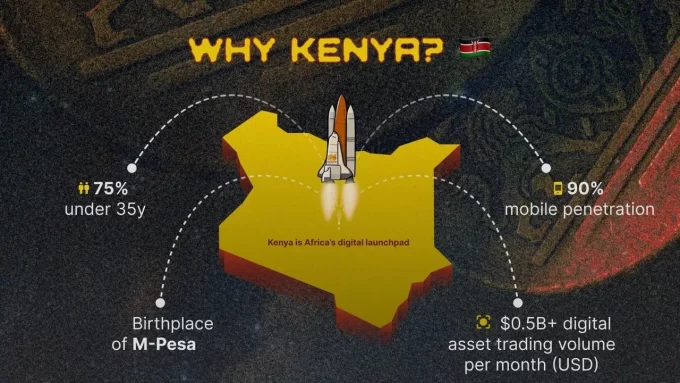Discover how WBTC enhances yield farming by bridging Bitcoin’s liquidity with the opportunities available in the DeFi space. Dive into the world of WBTC and uncover the key considerations for maximizing returns while navigating the dynamic landscape of DeFi. Nowadays, trading platforms are slowly introducing crypto as the primary form of day trading, including platforms like the Bitcoin Code.
Enhancing Yield Farming with Wrapped Bitcoin
Wrapped Bitcoin (WBTC) plays a crucial role in enhancing the potential of yield farming within the decentralized finance (DeFi) ecosystem. By bridging the liquidity of Bitcoin with the opportunities available in the DeFi space, WBTC opens up new avenues for users to maximize their returns.
One significant benefit of WBTC is its ability to boost liquidity within the DeFi ecosystem. Traditionally, Bitcoin has been largely confined to the Bitcoin blockchain, limiting its utility within DeFi protocols. However, with the introduction of WBTC, Bitcoin holders can now lock their Bitcoin assets and receive an equivalent amount of WBTC tokens on Ethereum.
Moreover, WBTC expands the range of yield opportunities for users. By leveraging WBTC, individuals can access a wider variety of yield farming strategies that were previously exclusive to Ethereum-based assets. This diversification allows users to take advantage of different DeFi protocols, farming strategies, and reward structures, thereby enhancing their overall yield potential.
Additionally, WBTC enables cross-platform transactions within the DeFi ecosystem. With WBTC, users can seamlessly move their Bitcoin assets onto the Ethereum network, enabling them to participate in yield farming activities across various DeFi platforms. This interoperability between Bitcoin and Ethereum ecosystems further enhances the flexibility and accessibility of yield farming opportunities.
See >> How Cosmos Is Enabling Cross-Blockchain Transfers
However, it is essential to consider certain factors when engaging in yield farming with WBTC. Selecting reliable WBTC providers is crucial to ensure the security and integrity of the wrapped Bitcoin tokens. Users should thoroughly research and evaluate the reputation and trustworthiness of the providers before depositing their Bitcoin assets.
Furthermore, managing risks is paramount in WBTC-based yield farming. As with any investment in the DeFi space, there are risks associated with smart contract vulnerabilities, market fluctuations, and impermanent loss. Users must carefully assess these risks and employ appropriate risk management strategies to mitigate potential losses.
Monitoring market trends and opportunities is another vital aspect of WBTC-based yield farming. The DeFi landscape is dynamic and constantly evolving, presenting new opportunities and challenges. Staying informed about the latest developments, protocols, and yield farming strategies can help users make informed decisions and optimize their yield farming returns.
Key Considerations for Yield Farming with Wrapped Bitcoin
One crucial consideration is selecting reliable WBTC providers. As WBTC involves entrusting your Bitcoin assets to a third party, it is essential to research and choose reputable providers. Look for providers with a strong track record, transparent auditing processes, and robust security measures. Conduct due diligence and consider factors such as the provider’s reputation, trustworthiness, and the overall stability of their operations.
Managing risks is another key consideration in WBTC-based yield farming. DeFi investments inherently come with risks, such as smart contract vulnerabilities, market volatility, and impermanent loss. It is crucial to understand these risks and implement appropriate risk management strategies. Diversifying your yield farming strategies, setting stop-loss orders, and staying updated on security best practices are essential steps to mitigate potential risks.
Read >> Grasping The Total Value Locked In Wrapped Bitcoin
Furthermore, monitoring market trends and opportunities is vital to succeed in yield farming with WBTC. The DeFi landscape is dynamic and constantly evolving, with new protocols, strategies, and yield farming opportunities emerging regularly. Stay informed about the latest developments, market trends, and innovations within the DeFi space. Engage with the community, follow reliable sources, and leverage analytics tools to make informed decisions and capitalize on profitable yield farming opportunities.
Another consideration is the cost associated with yield farming. DeFi platforms often charge fees for transactions, smart contract interactions, and other activities. It is essential to assess and compare these costs across different platforms to optimize your yield farming returns. Consider factors such as gas fees on the Ethereum network, transaction fees specific to the WBTC provider, and any other fees associated with the chosen yield farming strategy.
Additionally, it is crucial to maintain good cybersecurity practices when participating in WBTC-based yield farming. Safeguard your private keys and use secure hardware wallets or trusted software wallets. Be cautious of phishing attempts and only interact with verified platforms and contracts. Regularly update your software, use strong and unique passwords, and enable two-factor authentication whenever possible.
Conclusion
Investing in Wrapped Bitcoin (WBTC) for yield farming within the decentralized finance (DeFi) ecosystem opens up new frontiers of liquidity, yield opportunities, and cross-platform transactions. However, it is crucial to consider factors such as selecting reliable providers, managing risks, staying informed about market trends, and practicing good cybersecurity.













Leave a comment